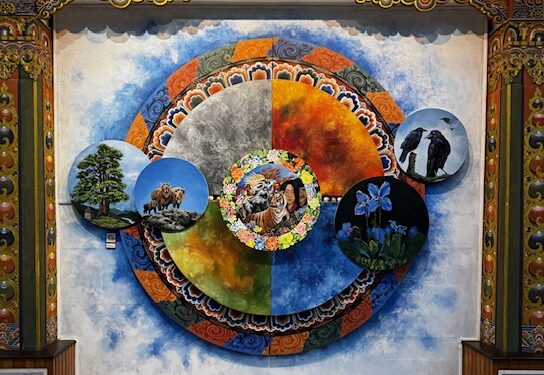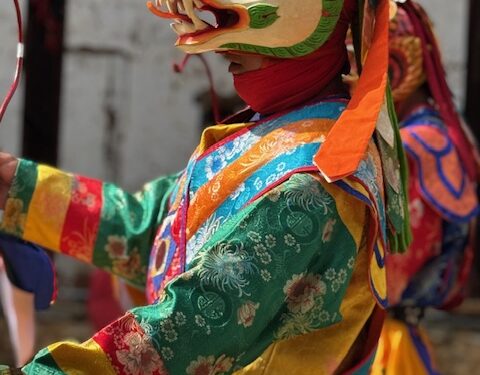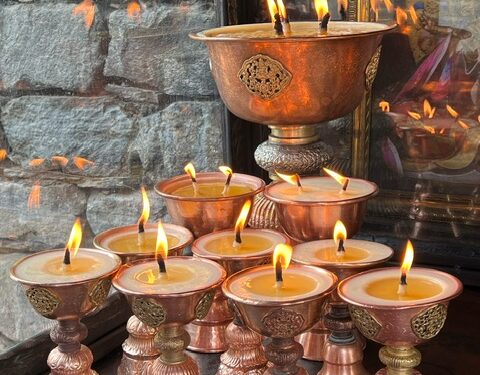Singapore – January 20th, 2016
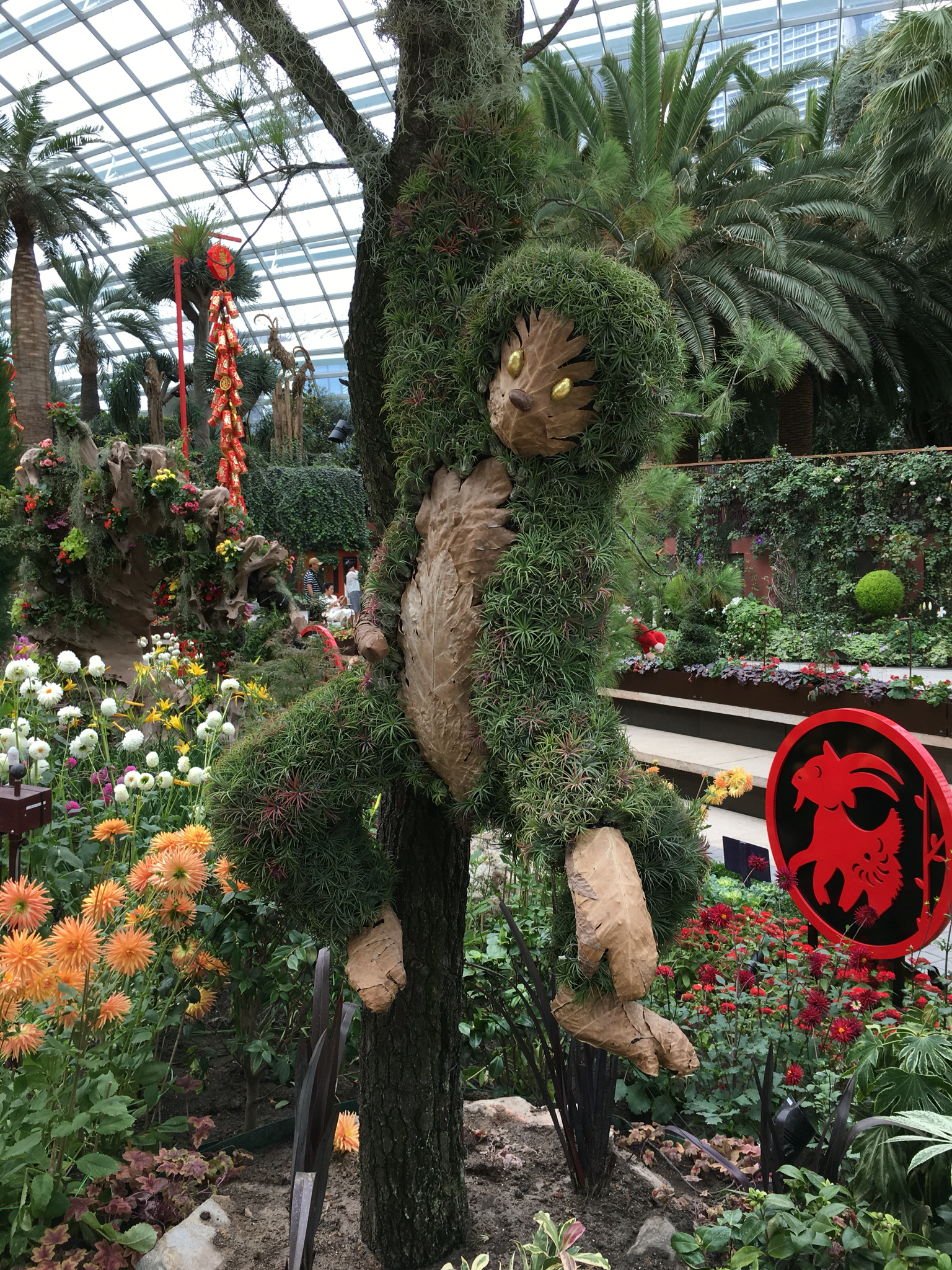
Today we started with a visit to the doctor for David his tummy has been under the weather – our hotel directed us to a top medical group, but not knowing which office to walk in our first stop was voodoo medicine – the Chinese Doctor after being greeted we were pointed to the western medicine office – very cordially treated and seen by a female Australian Doctor, verdict gastrointestinal virus, medicines were issued on the spot and hopefully, he is on his way to recovery,
We made a stop at Isetan department store a Japanese chain, we visited their food section where the food was displayed as art.
Off to the subway for our main target, the Gardens by the Bay a nature park spanning over 200 acres of reclaimed land in central Singapore The park consists of three waterfront gardens: Bay South Garden, Bay East Garden, and Bay Central Garden.
Gardens by the Bay is part of a strategy by the Singapore government to transform Singapore from a “Garden City” to a “City in a Garden”. The stated aim is to raise the quality of life by enhancing greenery and flora in the city
The conservatory complex at Gardens by the Bay comprises of two cooled conservatories – the Flower Dome and the Cloud Forest.
The construction of the glasshouses is special in two ways. First of all by being able to have such large a glass-roof without additional interior support (such as columns). Secondly, because the constructions aim strongly at minimizing the environmental footprint. Rainwater is collected from the surface and circulated in the cooling system which is connected to the Supertrees.
The Flower Dome is the larger of the two. It replicates a mild, dry climate and features plants found in the Mediterranean and other semi-arid tropical regions (e.g. parts of Australia, South America, South Africa, California) as well as an olive grove and a central changing display field has also been incorporated to enable flower shows and displays to be held within the conservatory,
This month displayed were Dahlias which is a sign of prosperity for the Chinese and being the year of “the Monkey” many sculptures were placed along a field of Dahlias.
The Cloud Forest is higher but slightly smaller. It replicates the cool moist conditions found in tropical mountain regions in South-East Asia, Middle- and South America, it features a waterfall that greets visitors,
The “Cloud mountain” itself is an intricate structure completely clad in epiphytes such as orchids, ferns, peacock ferns, spike- and clubmosses, bromeliads, and anthuriums. It consists of a number of levels, each with a different theme.
Another area of the garden are the Supertrees metal tree-like structures that dominate the Gardens’ landscape with heights that range between 82 feet and 160 feet. The Supertrees are home to enclaves of unique and exotic ferns, vines, orchids, and also a vast collection of bromeliads amongst other plants. The Supertrees were designed with environmental technologies that mimic the ecological function of trees.
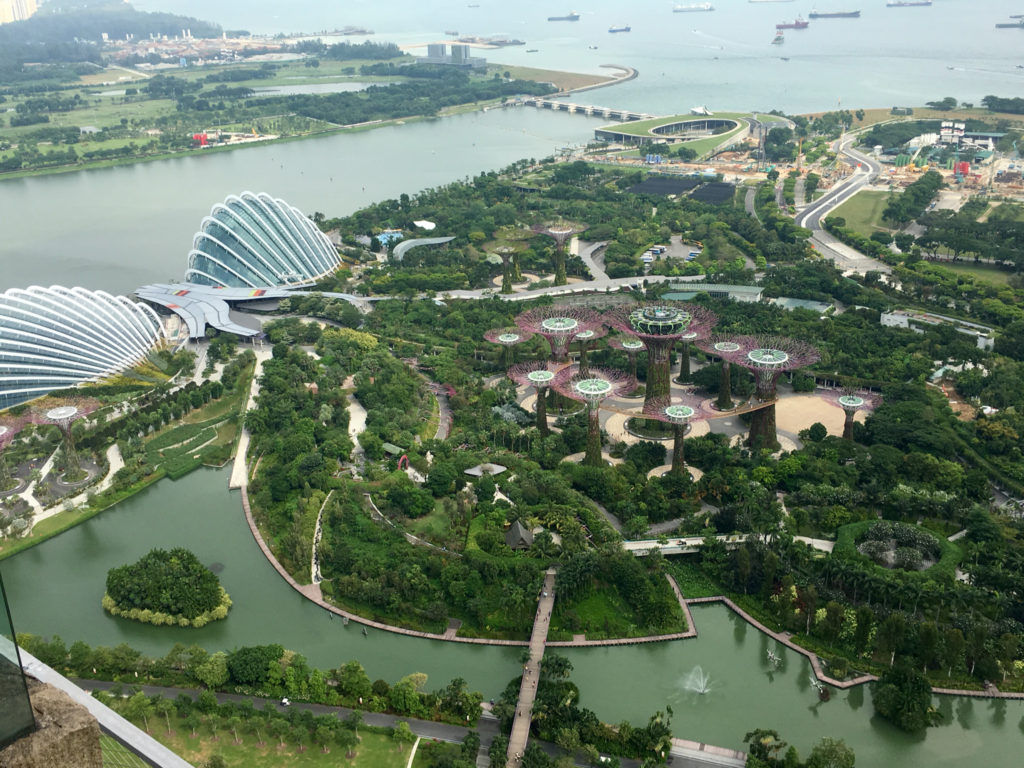
There is an elevated walkway Skyway, between two of the larger Supertrees for visitors to enjoy a panoramic aerial view of the Gardens for our panoramic view we had a drink atop Sky 57 at the Marina Sands Hotel -SPECTACULAR,
Back to our hotel, for a nap, a dip in the pool and just a little r&r before our next adventure – The Singapore Zoo Night Safari is the world’s first nocturnal zoo and is one of the most popular tourist attraction in Singapore. The concept of a nocturnal park in Singapore was suggested in the 1980s by the zoo former executive chairman constructed at a cost of S$63 million.
The Night Safari currently houses over 2,500 animals representing over 130 species, of which 38% are threatened species. The animals of the Night Safari, are made visible by lighting that resembles moonlight. Although it is brighter than full moonlight by a few orders of magnitude, it is dim enough not to disturb nocturnal and crepuscular animals.
So we boarded our tram and silently glided through the zoo, we saw rhinoceros (do you know they are highly sensitive to mosquitos) white lions, hyenas, elephants, zebras, deers, tarsiers, water buffaloes, giraffes, hippos, and a few more whose name escapes me.
The naturalistic enclosures simulate the animals’ native habitat. Animals are separated from visitors with natural barriers, rather than caged, similar to the Singapore Zoo’s open concept.
Dinner at a hawker center, David is feeling good enough that he actually wanted to eat,
Tomorrow is shopping, shopping, shopping and packing.
